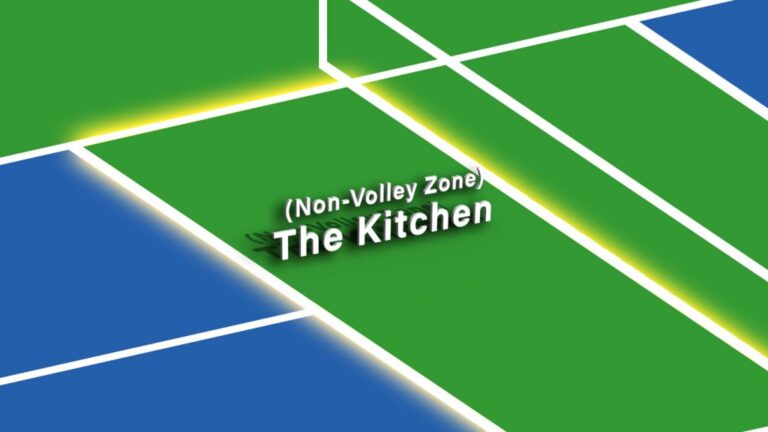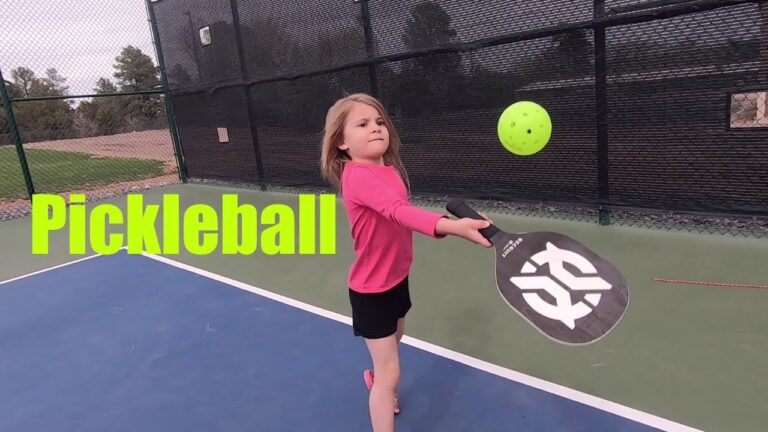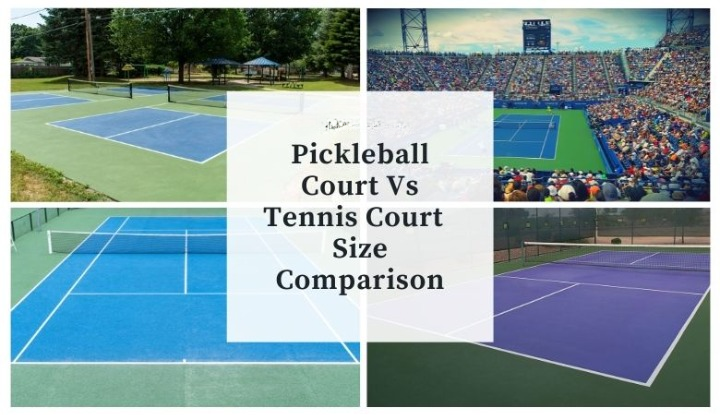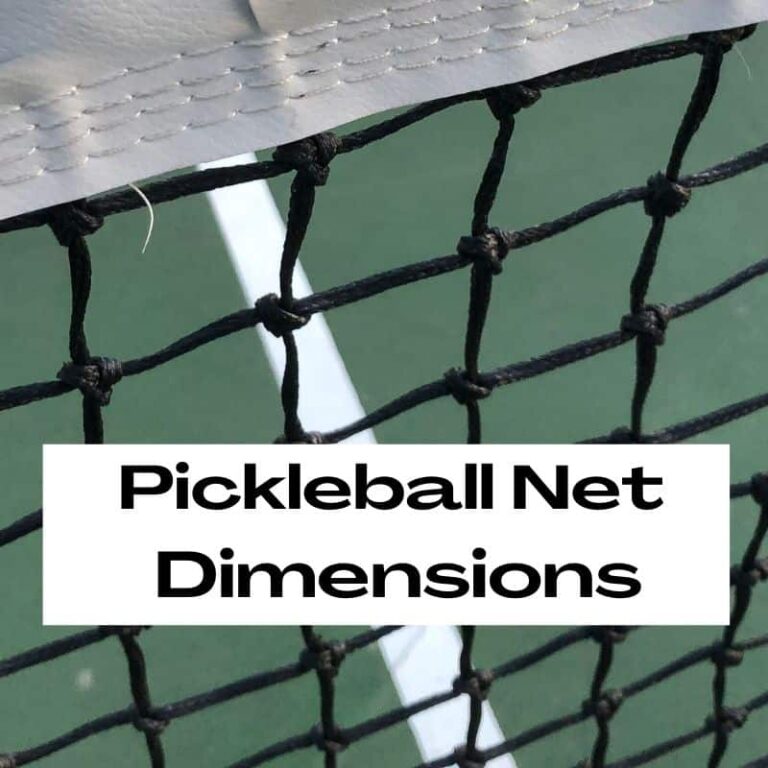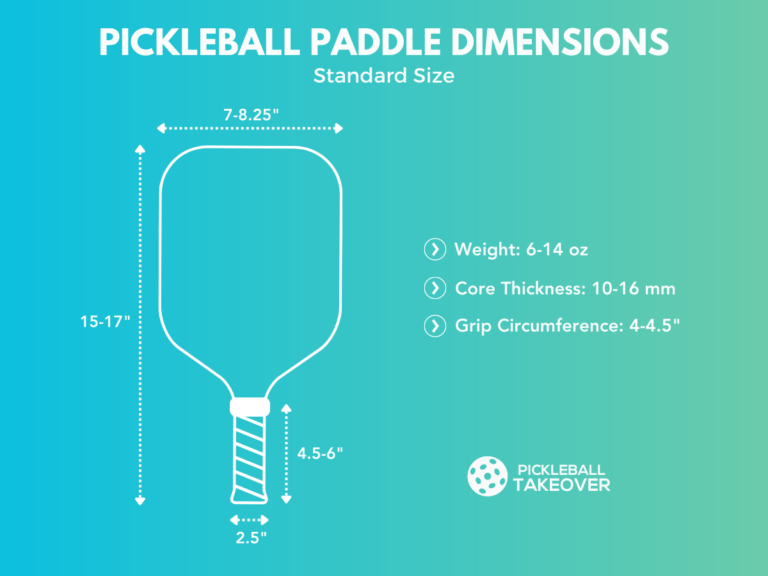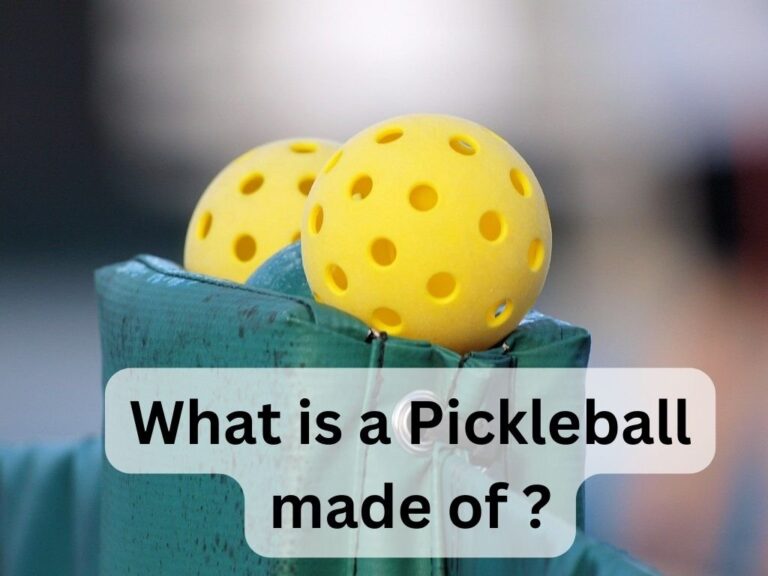Mastering the Bounce: Understanding the Double Bounce Rule in Pickleball
what is the double bounce rule in pickleball?
The double bounce rule in pickleball states that the ball must bounce once on each side of the court before players can volley it. This rule applies to both the serve and the return of serve, meaning the receiving team must let the serve bounce before returning it, and the serving team must let the return bounce before playing it. After these two bounces, players can choose to volley the ball or play it off the bounce for the remainder of the rally. The double bounce rule is essential for maintaining fairness, adding strategic depth, and making the game more accessible to players of all skill levels.
Key Takeaways
- The double bounce rule is a fundamental aspect of pickleball, requiring the ball to bounce once on each side of the court before players can volley it.
- This rule applies to both the serve and the return of serve, promoting fairness and strategic depth in the game.
- Common mistakes include not allowing the ball to bounce on the serve and accidentally volleying before the double bounce, which can be avoided through practice and patience.
- Players can employ various strategies involving the double bounce rule, such as hitting deep, high-bouncing shots or anticipating opponents’ moves.
- Mastering the double bounce rule is essential for players of all skill levels to enjoy pickleball and improve their game.
- Additional resources, such as the official rulebook, instructional videos, and local clinics, can help players further their understanding and application of the double bounce rule.
By understanding and incorporating the double bounce rule into your pickleball game, you’ll be well on your way to becoming a more confident, strategic, and successful player on the court.
What is a Pickleball Made Of? (Target Keyword Variation)
Before we delve into the intricacies of the double bounce rule, let’s take a moment to understand what a pickleball is made of. Typically, a pickleball features:
- Polymer core: Provides the necessary weight and bounce for optimal gameplay
- Paddle face: Usually made of composite materials or perforated plastic, allowing players to have better control and impart spin on the ball
While understanding paddle materials isn’t directly related to the double bounce rule, it’s a common question among beginners and worth addressing.
What is Pickleball?
Pickleball is a paddle sport that combines elements of tennis, badminton, and table tennis. It was invented in 1965 by Joel Pritchard, Bill Bell, and Barney McCallum on Bainbridge Island, Washington, as a backyard game for their families. The sport has since grown exponentially, with millions of players worldwide enjoying its accessibility and social nature.
| Pickleball Court Dimensions | |
|---|---|
| Width | 20 feet |
| Length | 44 feet |
| Net Height (at sidelines) | 36 inches |
| Net Height (at center) | 34 inches |
Players use solid paddles to hit a perforated plastic ball, similar to a wiffle ball, over the net. Points are scored only by the serving team, and the first team to reach 11 points with a two-point lead wins the game.
Demystifying the Double Bounce Rule
Now, let’s tackle the main topic at hand: the double bounce rule. This rule states that the ball must bounce once on each side of the court before a player can volley it (hit it in the air). In other words:
- When the ball is served, the receiving team must let it bounce once before returning it.
- After the return of serve, the serving team must also let the ball bounce once before playing it.
- Once these two bounces have occurred, players can choose to volley the ball or play it off the bounce for the remainder of the rally.
It’s essential to remember that the double bounce rule applies to both the serve and the return of serve. This rule is in place to prevent players from gaining an unfair advantage by immediately attacking the ball before their opponents have a chance to react.
Breaking Down the Rule in Action
To better understand how the double bounce rule works in practice, let’s examine two common scenarios:
Scenario 1: The Serve
When a player serves the ball, they must do so underhand and diagonally cross-court to their opponent’s service court. The receiving team must let the ball bounce once before returning it. If the receiving team fails to let the ball bounce or hits it into the net or out of bounds, the serving team scores a point.
Scenario 2: The Rally
After the initial two bounces (one on each side), players can choose to volley the ball or play it off the bounce for the remainder of the rally. This means that players can hit the ball in the air or after it has bounced once on their side of the court. The rally continues until one team fails to return the ball, hits it out of bounds, or commits a fault.
Benefits of the Double Bounce Rule
The double bounce rule is an integral part of pickleball and offers several benefits to the game:
- Fairness: By requiring each team to let the ball bounce once, the double bounce rule ensures that both teams have an equal chance to react and strategize. This prevents one team from gaining an unfair advantage by immediately attacking the ball.
- Strategy: The double bounce rule adds depth to the game by encouraging players to control the bounce for tactical advantage. Players can use the bounce to their advantage by hitting the ball deep into their opponent’s court or by using spin to make the ball more difficult to return.
- Accessibility: The double bounce rule makes pickleball easier to learn for beginners by slowing down the pace of the game. This allows new players to develop their skills and gain confidence before progressing to more advanced techniques.
Common Double Bounce Rule Mistakes (and How to Avoid Them)
As with any rule, players may sometimes make mistakes when it comes to the double bounce rule. Here are two common errors and how to avoid them:
- Not Allowing Two Bounces on the Serve: One of the most frequent mistakes is when the receiving team fails to let the ball bounce on the serve. This results in a fault, and the serving team scores a point. To avoid this error, make sure to communicate with your partner and ensure that one of you is prepared to let the ball bounce before returning it.
- Accidentally Volleying Before Two Bounces: Another common mistake is when players accidentally volley the ball before it has bounced twice (once on each side). This can happen when players are overly eager to attack the ball. To prevent this, focus on watching the ball and developing good groundstroke technique. Remember, patience is key!
Strategies Involving the Double Bounce Rule
While the double bounce rule may seem straightforward, there are several strategies players can employ to use it to their advantage:
- Using the double bounce to your advantage: By hitting a deep, high-bouncing shot on the return of serve, you can force your opponents to hit up on their next shot, making it easier for you to attack.
- Forcing your opponent to hit up on the return of serve: If you serve a short, low ball, your opponent may have difficulty hitting a strong return. This can give you an opportunity to take control of the rally early on.
- Anticipating your opponent’s shot after the double bounce: By watching your opponent’s body language and positioning, you can often anticipate where they will hit the ball after the double bounce. This can help you react more quickly and effectively.
Frequently Asked Questions about the Double Bounce Rule
- What happens if a player violates the double bounce rule?
If a player violates the double bounce rule, it results in a fault, and the opposing team scores a point. If the serving team commits the fault, they lose the serve. If the receiving team commits the fault, the serving team scores a point and continues to serve. - Can you volley the ball after it has bounced twice?
Yes, after the ball has bounced once on each side of the court (fulfilling the double bounce rule), players can choose to volley the ball or play it off the bounce for the remainder of the rally. - Does the double bounce rule apply in doubles play?
Yes, the double bounce rule applies in both singles and doubles play. In doubles, either player on the receiving team can return the serve after it has bounced once. - What is the best surface for a pickleball court? (Target Keyword Variation)
The best surface for a pickleball court is a smooth, flat, and level surface that provides good traction and ball bounce. Commonly used surfaces include: - Concrete
- Asphalt
- Specialized pickleball court surfaces
When selecting a surface, consider factors such as durability, maintenance, and player comfort.
Conclusion: Mastering the Bounce for Pickleball Success
Understanding and mastering the double bounce rule is crucial for any pickleball player looking to improve their game and enjoy the sport to the fullest. By familiarizing yourself with this rule and practicing its application, you’ll be well on your way to becoming a more confident and skilled player.
Remember, the double bounce rule is in place to ensure fairness, add strategic depth, and make the game more accessible for players of all skill levels. Embrace the bounce, be patient, and most importantly, have fun while learning and playing pickleball!
As you continue your pickleball journey, don’t hesitate to seek out additional resources to further your understanding of the game. From official rulebooks to instructional videos and local clinics, there are plenty of opportunities to expand your knowledge and connect with fellow pickleball enthusiasts.
So, grab your paddle, step onto the court, and get ready to master the bounce! With dedication and practice, you’ll soon find yourself enjoying all that this incredible sport has to offer.
Bonus Section: Additional Pickleball Resources
To help you on your pickleball journey, here are some helpful resources for beginners and experienced players alike:
- Official Pickleball Rulebook: The USA Pickleball Association (USAPA) provides the official rulebook for pickleball, which covers all aspects of the game, including the double bounce rule. You can find the rulebook on their website:
- USAPA Official Rulebook
- Instructional Videos: There are numerous instructional videos available online that cover various aspects of pickleball, including the double bounce rule. Some popular YouTube channels include:
- Pickleball Kitchen
- Primetime Pickleball
- Local Pickleball Clinics and Lessons: Many communities have pickleball clubs or organizations that offer clinics and lessons for players of all skill levels. These sessions provide an excellent opportunity to learn from experienced players and receive personalized feedback on your technique and understanding of the rules.
By utilizing these resources and continuing to practice and play regularly, you’ll be well on your way to mastering the double bounce rule and becoming a confident and skilled pickleball player.

